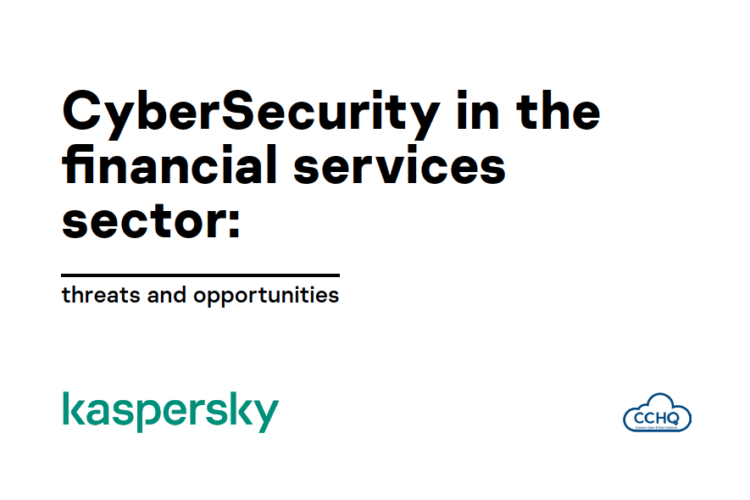Cybersecurity in the Financial Services sector
Threats and Opportunities

September 13, 2022
Cybersecurity in the financial services sector: Threats and Opportunities
The financial services industry is the biggest consumer of CyberSecurity products and services. Financial institutions are constantly targeted by threat actors looking to monetize cyber attacks. Threat actors like Lazarus are exceptionally skilled at launching sophisticated cyber attacks targeting the financial services sector. The current threat landscape has evolved considerably, and hackers are developing more sophisticated tools and techniques, leveraging artificial intelligence and automation. Yet, almost 30% of organizations surveyed across industries don’t perform any adversarial assessment.
Developing a sense of the overall threat landscape and the threat actors’ profiles targeting an organization is essential to building appropriate and adapted cyber defensive mechanisms. Organizations should develop protective measures while understanding the threat actors likely to target them. Threat intelligence should go beyond mere informational purposes and provide actionable, contextual, and industry-specific insights and information on threat actors’ activities as they relate to the industry and organisations within scope.
In recent years, the financial services industry has experienced a paradigm shift from an operational and service delivery perspective. The ecosystem has considerably evolved with the advent of FinTech companies that provide financial services more agilely at more competitive prices relative to incumbent Banks. From an operational perspective, this paradigm shift presents numerous challenges and opportunities regarding digital transformation and IT security. New companies can be built natively for the cloud. On the other hand, incumbents still need to address the complexity and inefficiency of multi-layered legacy systems and operations, creating numerous potential security vulnerabilities. Closing all of the gaps all of the time would prove a daunting task.
Organizations should instead take a proactive approach to prioritize security strategy to protect their most valuable and critical assets. Filter out the most relevant security events to minimise the impact and incident costs will contribute to building operational and infrastructure resilience.
Understanding your adversary will be vital to building solid and adapted protective measures and integrating the right technology to support security strategy and governance. A sound security strategy and framework will maintain business continuity, build operational resilience, and enable sustainable
business growth.
Jean Lehmann
CEO, Cyber Capital HQ
Related Articles

AI and Cybersecurity
How are Cyber threats rising in complexity and sophistication with the advent […]
Read MoreDecember 18, 2023

Ztudium Podcast with Dinis Guarda
Interview with Dinis Guarda: Corporate Strategies and Cybersecurity for Digital Transformation of […]
Read MoreJune 16, 2023

Cyber Threat Intelligence in Financial Services
On October 13th, Kaspersky, the global leader in Cybersecurity, and Cyber Capital […]
Read MoreDecember 5, 2022
Subscribe
Your personal information is kept in accordance with our Privacy Notice

